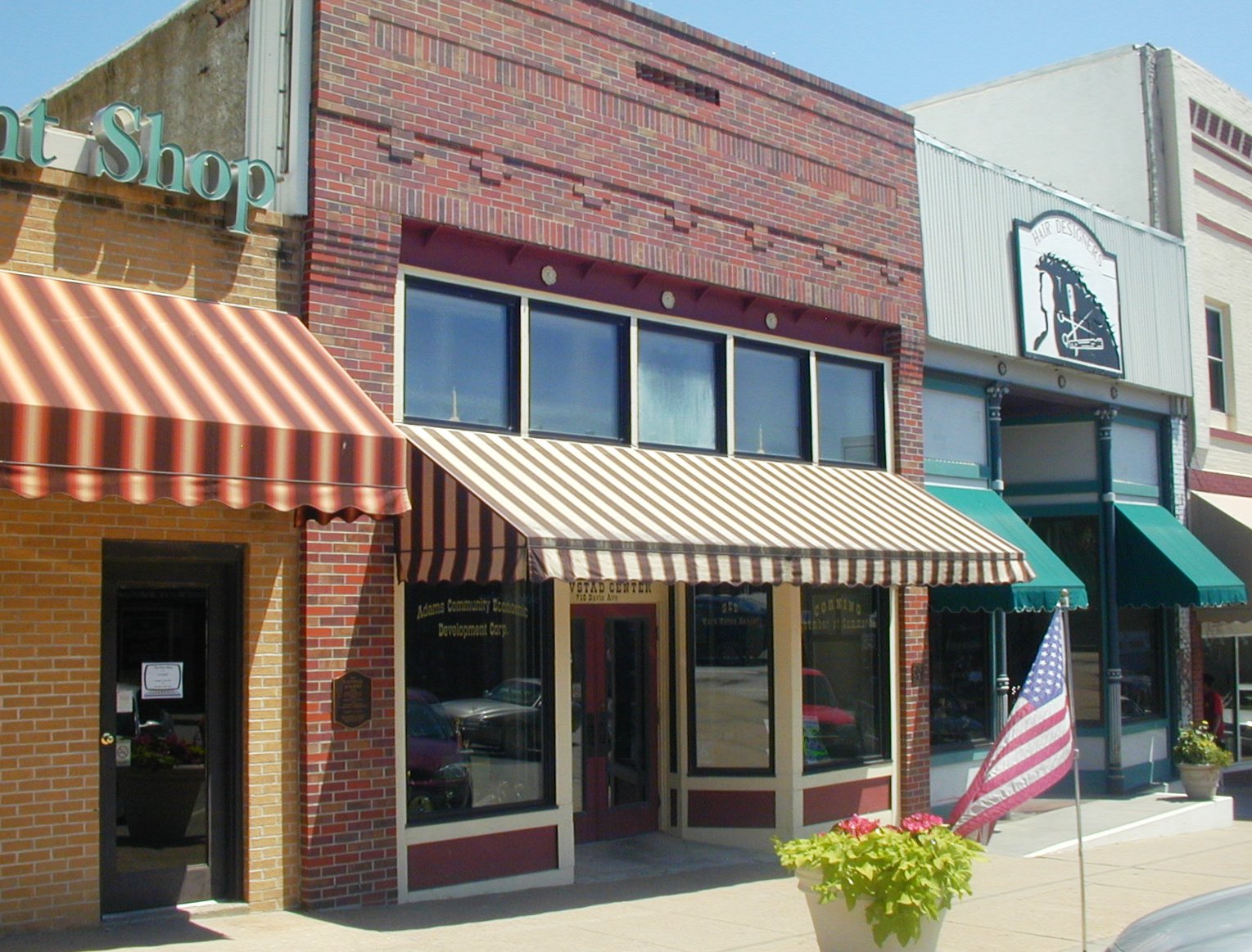By The Lakota Group | April 1, 2013
 The grassroots Main Street Four-Point Approach, developed by the National Trust for Historic Preservation, has helped revitalize traditional commercial districts in small towns, suburbs, and urban neighborhoods across the country over the last three decades. Lakota vice president, Nick Kalogeresis, who spent 10 years working for the National Trust Main Street Center as a program officer, will lead a workshop at the APA National Conference in Chicago that explores how to adapt this proven method to any downtown master plan.
The grassroots Main Street Four-Point Approach, developed by the National Trust for Historic Preservation, has helped revitalize traditional commercial districts in small towns, suburbs, and urban neighborhoods across the country over the last three decades. Lakota vice president, Nick Kalogeresis, who spent 10 years working for the National Trust Main Street Center as a program officer, will lead a workshop at the APA National Conference in Chicago that explores how to adapt this proven method to any downtown master plan.
During the workshop, the following case studies Nick will illustrate methods in which the Main Street Approach was integrated within specific settings–small towns, urban commercial corridors and the downtowns of suburbs and larger communities.
MacArthur Boulevard Corridor Master Plan, Springfield, Illinois: MacArthur Boulevard is a two mile long commercial linking the southern neighborhoods of Springfield to Interstate 72. The final Master Plan included strategies for grass-roots involvement in Plan implementation, the creation of a new Main Street type organization to serve as an implementation partner along with the City of Springfield, and a business development strategy that focuses on strengthening existing business clusters rather than new development.
South Main Street Corridor Revitalization Strategy, Rockford, Illinois (2011): South Main Street links Downtown Rockford to the Rockford International Airport. The corridor contains a traditional urban neighborhood commercial neighborhood serving adjacent African-American and Hispanic neighborhoods. The Revitalization Strategy focuses on rehabilitating existing historic commercial buildings, the branding and marketing of the district, pro-formas for adapting a historic industrial complex to new uses, and establishing a new revitalization organization that can engage a diverse neighborhood in the revitalization process.
Downtown Momence Master Plan, Momence, Illinois (2011): a small rural town located 55 miles south of Chicago’s Loop with a historic downtown listed in the National Register of Historic Places. This Master Plan incorporated Main Street “community-initiated development” strategies whereby the local Main Street Program and the municipality could partner together on adapting empty commercial buildings to new uses and crowdsourcing initiatives to re-start a closed movie theater.
Brandywine Village Revitalization Study, Brandywine, Maryland (2010): a historic rural hamlet located on the outskirts of the Washington DC metropolitan area. The Revitalization Study focused on fundamental Main Street revitalization strategies including basic design improvements to historic buildings and the public realm, as well as maintaining the Village’s overall sense of place amidst continued suburban growth.
Downtown Strategic Development Plan, Kenosha, Wisconsin (2012): a former manufacturing city where its downtown commercial district, containing several significant historic buildings, has experienced a long economic decline and a high vacancy rate. Master Plan implementation strategies included adaptive use recommendations for key historic buildings, crowdsourcing strategies for reopening two long vacant theaters and enhancing the capacity of the existing downtown business improvement district to take on specific master plan implementation activities.
Enos Park Neighborhood Master Plan, Springfield, Illinois (2010): an inner-city historic neighborhood that has also experienced disinvestment but is using Main Street revitalization principles to encourage neighborhood home rehabilitation and new infill development.
